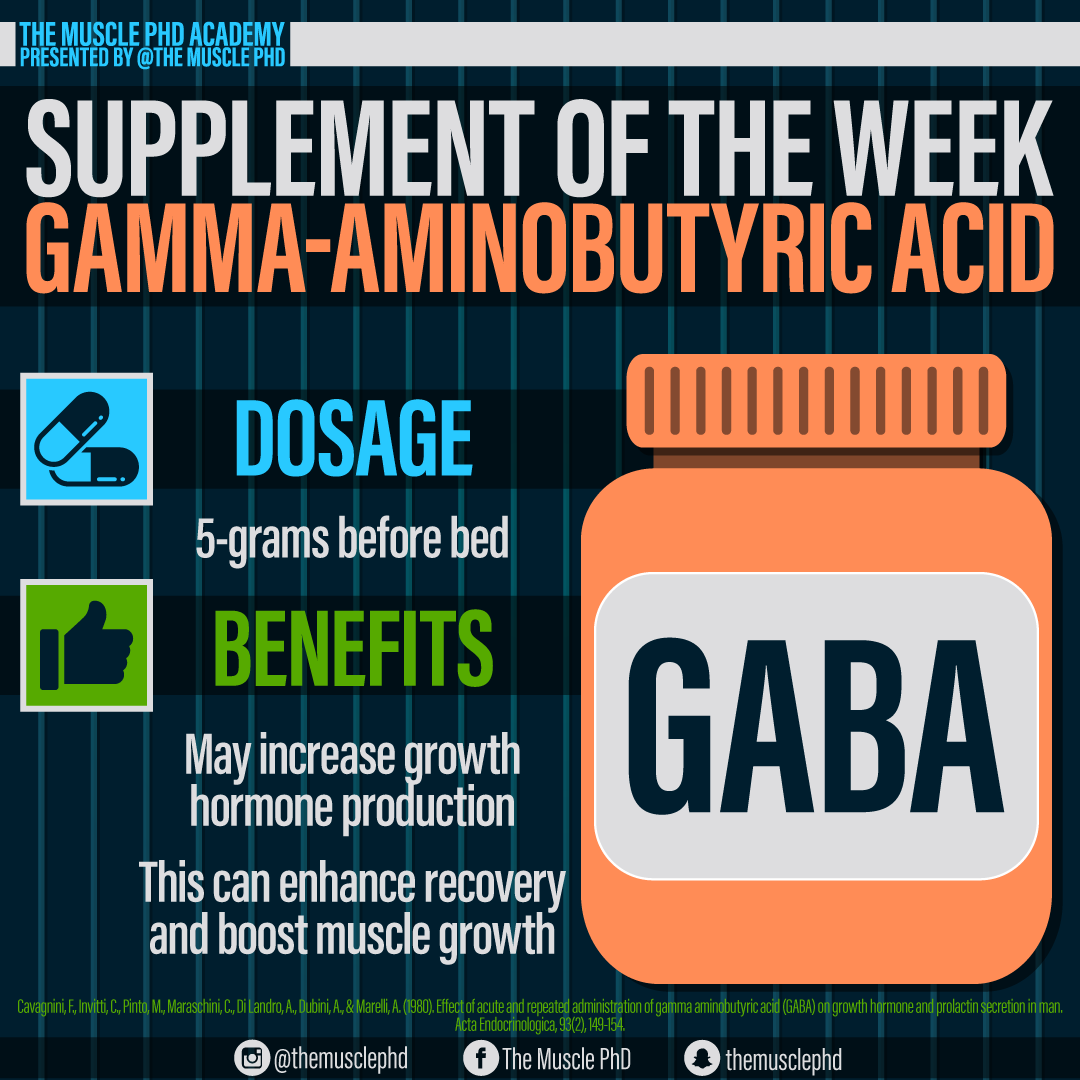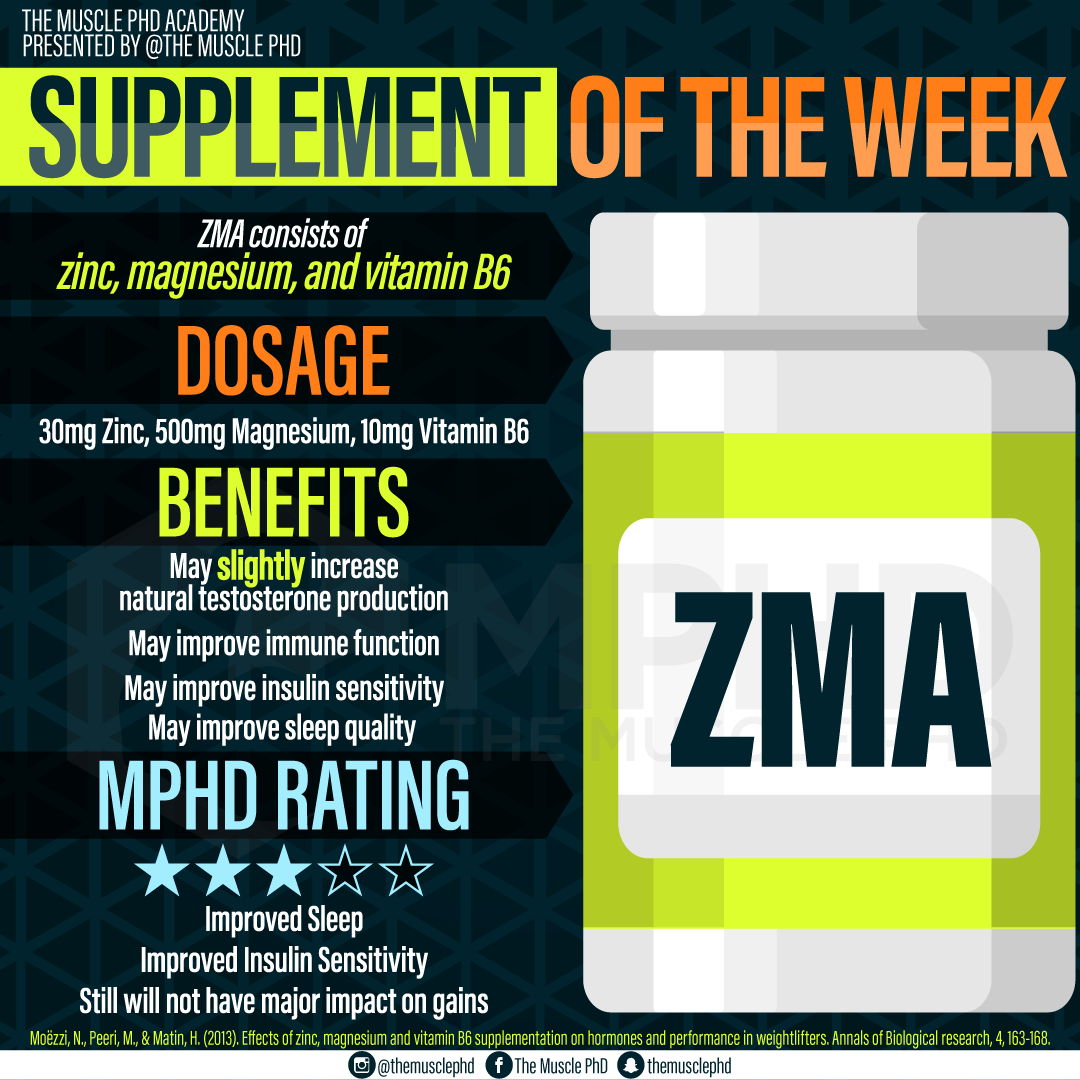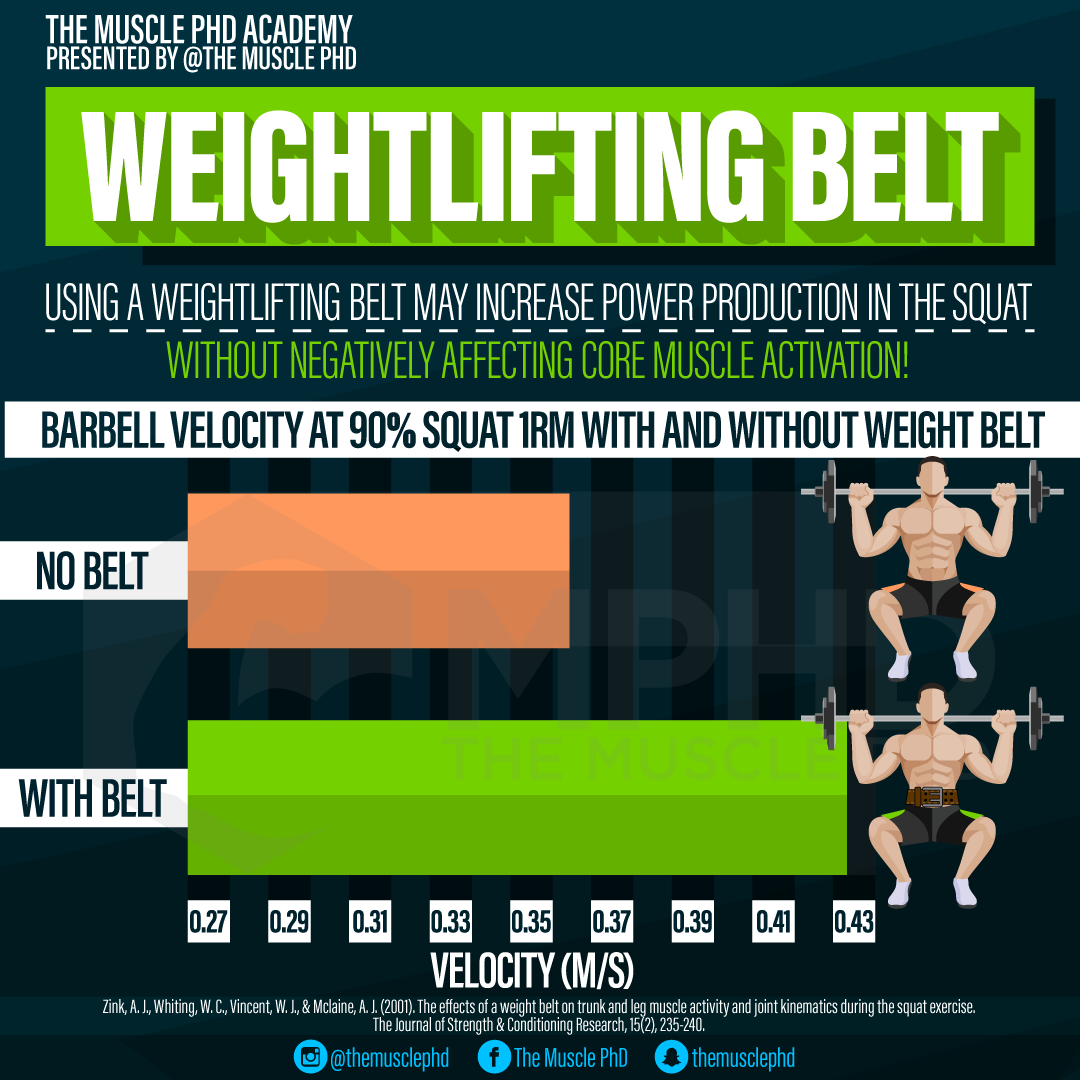Summary
Just about every bodybuilder embarks on the journey to peeled city at least once in their lifting career. While many folks get into the game to only build slabs of muscle, several also harbor dreams of having paper thin skin on the stage or at the beach. The process towards achieving that shredded look is often regarded as pure misery. Basically, you’ll constantly be hangry, tired, stressed out, and did we mention hangry?
While the final stages of cutting can be an entire topic on their own, the first bit of cutting really shouldn’t be that complicated. As the graphic suggests, your goal should be to lose about 0.5-1% of your bodyweight per week. For a 200lb person, this is simply 1-2 pounds per week. We like to use this less aggressive approach at first as this should help you maintain as much muscle as possible during your cut. It also leaves plenty of room for adjustment if you’re tracking your food intake properly.
So, how do you go about losing that weight? Well, for starters, a calorie deficit is a smart idea. We generally estimate a pound of fat to “cost” about 3500kcal. Therefore, if your goal is to lose somewhere between 1-2 pounds a week, your weekly deficit should be in the ballpark of 3500-7000 calories. Divide that weekly deficit by 7 – since there are 7 days in a week – and bam! You have your average daily deficit.
Let’s say you’re in the middle and want to create a 5000kcal weekly deficit. Divide 5000/7 and your average daily deficit should be around 700 calories. Now, while it’s a little outside the scope of this piece, we recommend NOT simply consuming a 700kcal deficit every day. Spend 1-2 some days around maintenance and the others closer to a 1000kcal deficit. This approach should ward off some of the undesirable metabolic adaptations associated with dieting, but you’ll probably have to play around with it a bit to find exactly what works for you.
Lastly, whatever your average daily deficit is, you should be creating that deficit by cutting out carbs and fats. This particular tip isn’t necessarily about which macro to reduce the most, but ultimately, it’s kind of up to you. If you’re not much of a carbaholic and can live without bread or rice, cut carbs a bit more first. Conversely, if you don’t mind switching to leaner cuts of meat, cutting down on fat can be a useful approach for you. Whatever approach you use, just don’t cut out protein. Keep protein intake high to conserve your precious muscle tissue! Why pump all those weights in the gym just to let your muscle waste away during a poorly designed cut?
Based on:
Further Reading:










